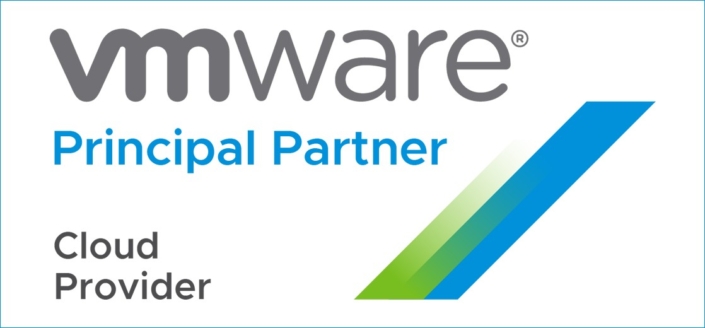Do Not Have Disaster Recovery, How It Risk For Business?

Written by Nicki Pereira, Chief Technology Officer of Zettagrid : Unplanned outages have a real business impact. Your business is impacted when IT disasters and system outages occur and these impacts have a direct or indirect cost associated with them.
A revenue generating system such as an e-commerce website has direct financial consequences when it goes down. Non-revenue generating systems such as your email service may have indirect costs when it fails such as the inability to send invoices to your customers. Either way a system outage is bad for business and must be mitigated through careful contingency planning.
Organisations must have a disaster recovery plan in place so when the inevitable happens they are able to recover swiftly and thereby reduce the business impact and cost.
Unplanned outages are not a rare occurrence
This infographic shows 47% of companies experienced and outage of downtime in the last year and 95% of these outages were unrelated to natural disasters such as fire or flood.
Research conducted by Zerto shows there are many root causes for unplanned outages. These include hardware failures, environmental failures, human error and cybercrime.
Hardware failures
According to the research conducted by Zerto, hardware failures such as failures in the electrical supply or uninterrupted power supplies accounted for approximately 31% of reported outages in 2016.
These outages would have affected entire IT environments due to the loss of power to all systems. In addition, power failures in IT environments often result in data loss and data corruption.
The downtime impact the business’s revenue stream. Compounding this is the time, effort and cost of recovering from such an event that can be a substantial hit to the bottom line.
Cybercrime
Cybercrime accounted for 22% of outages in 2016 according to Zerto. Ransomware as a category has grown exponentially from 3.2 million incidents in 2014 to over 638 million incidents in 2016.
Earlier ransomware malware variants usually affected individual end users so the impact was limited unless the users inadvertently infected and encrypted an organisation’s file server. Newer variants can now affect entire networks by propagating through vulnerabilities on unpatched computers.
Either way, the impact of a cybercrime incident such as ransomware resulting in a system outage has both direct and indirect costs. Organisations with no effective disaster recovery solutions have paid millions in ransom.
If you add the losses due to the downtime to these numbers, the financial impact is substantial.
The human error factor
The research conducted by Zerto reported that human error accounted for 22% of unplanned outages in 2016.
As with other causes of unplanned outages these may have been environment wide and could have taken days to recover from. For example, a systems administrator applying an untested patch to several production servers may have resulted in data loss or data corruption.
Entire systems may have needed to be rebuilt and restored which would have had a financial impact due to the loss in productivity and availability.
Environmental incidents
Environmental factors such as water, heat, CRAC failures accounted for 11% of outages reported in 2016 according to Zerto. These types of outages would also be system wide.
Depending on the damage, the time to recover from these types of events could be significant due to the damage caused. Recovery times for these environmental incidents could be days or even weeks.
The business impact from being offline for such a prolonged period would be catastrophic.
The cost of each hour of downtime
According to Zerto research, one hour of downtime has a substantial financial impact to businesses of all sizes when factoring all of the various impacts, costs and losses.
For small businesses, each hour of downtime costs $8,000 on average.
For mid-tier organisations, each hour of downtime costs $74,000 on average.
For large enterprises, each hour of downtime can cost $700,000 on average.
Conclusion
Unplanned outages are clearly a threat to any organisation. Disaster recovery solutions should not only be undertaken to meet a compliance obligation. The costs of unplanned outages are real and affect the profitability and sustainability of businesses.
Organisations must invest in a robust and scalable disaster recovery solution which is able to ensure business continuity.
Careful consideration must be given to the Recovery Time Objectives (RTOs) and Recovery Point Objectives (RPOs) to ensure data loss and operational downtime is kept to a minimum to meet business uptime objectives..
Find out more information about Zettagrid disaster ecovery solutions by visiting the Zettagrid Indonesia website.
*This article originally taken from blog.zettagrid.com
Twitter [wp-svg-icons icon=”twitter” wrap=”i”] LinkedIn [wp-svg-icons icon=”linkedin” wrap=”i”]
Have a question? Contact us if you do not have disaster recovery
[gravityform id=”48″ title=”false” description=”false”]






